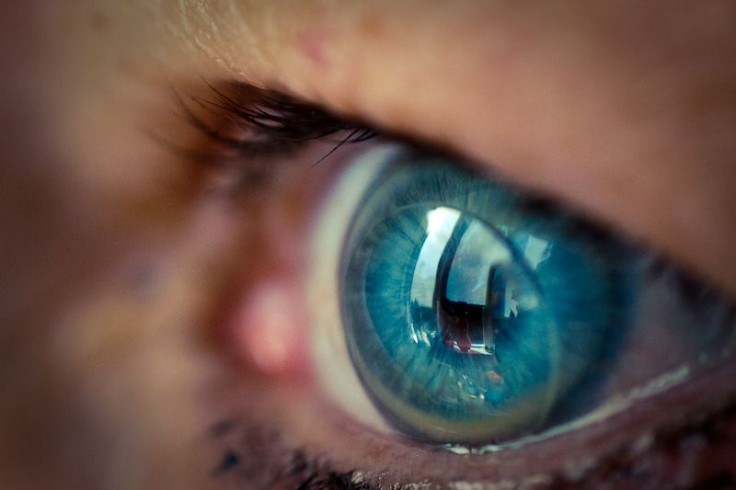How To Take Care Of Your Contact Lenses: 8 Tips To Avoid Damage

You’re officially out of excuses, contact lens wearers: Clean them on a daily basis or risk serious damage, the U.S. Centers for Disease Control and Prevention (CDC) warned on Thursday.
According to the CDC’s latest report, 1,075 of the contact lens–related infections reported to the U.S. Food and Drug Administration (FDA) between 2005 and 2015 contained the words “ulcer” or “keratitis.” Corneal ulcer is due to a bacterial infection that invades the cornea, which can occur after irritation from ill-fitting or dirty contacts. Keratisis, on the other hand, is when the clear tissue in front of the cornea becomes inflamed, which can also be the result of dirty contacts.
What more is 20 percent of these infections reported to the FDA resulted in eye damage, meaning corneal scarring or corneal transplantation. The latter is a surgical procedure that replaces part of the damaged or diseased cornea with donated corneal tissue; it reduces pain and restores vision. The CDC found, too, that an estimated 25 percent of infections cited potentially modifiable risk factors, “including occasionally sleeping in contacts or wearing them for long periods of time, whereas few reports were associated with problems with the contact lens itself, such as the lens being ripped or torn.”
“Contact lenses are a safe and effective form of vision correction when worn and cared for as recommended,” Michael Beach, director of CDC’s Healthy Water Program, said in a statement. “However, improper wear and care of contact lenses can cause eye infections that sometimes lead to serious, long-term damage.”
Caring for contact lenses
Medical Daily has already shared some of the best tips to keep both your contacts and vision healthy. While these definitely hold up, there are a few more additional tips from the American Academy of Ophthalmology you should know.
- Don’t wear contacts for extended periods of time. Unless you are specifically prescribed extended wear lenses, which can be worn overnight and for up to seven days without removal, most other types need to be removed nightly.
- Never rinse contacts or contact cases with water. Experts told The Huffington Post that lenses absorb water and swell with the impurities and microorganisms found in the tap, sometimes changing the lenses shape entirely. That means removing before showering and swimming.
- Before you place lenses in a case, dump out the previous night’s contents and rinse it with solution. Leave the case open to air dry before filling it with fresh disinfectant.
- When you remove a lens with a (clean) finger, take a second to rub or massage it with solution before placing it in a case to clean overnight.
- Replace your contact lens case regularly, at least every three months. Cases can be their own breeding ground for bacteria, upping the risk of infection.
- Have two-week lenses? The countdown starts from when you open the lens package, not 14 total days of wear, HuffPo reported. After that time the lens starts to break down and take on the proteins, mucus, and bacteria commonly found on eyelids.
- Quit smoking and colored contacts. With regards to smoking, studies show smokers who wear contacts have a higher rate of adverse outcomes than non-smokers.
- Get regular eye exams. Not only is it an opportunity for your doctor to reinforce proper hygiene, but it ensures having an accurate and appropriate prescription.



























